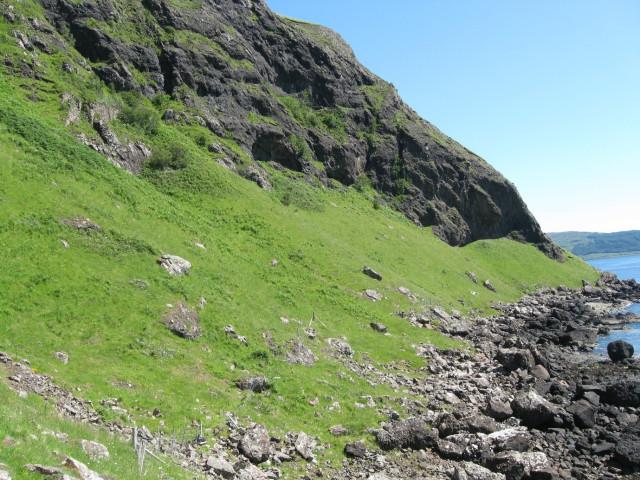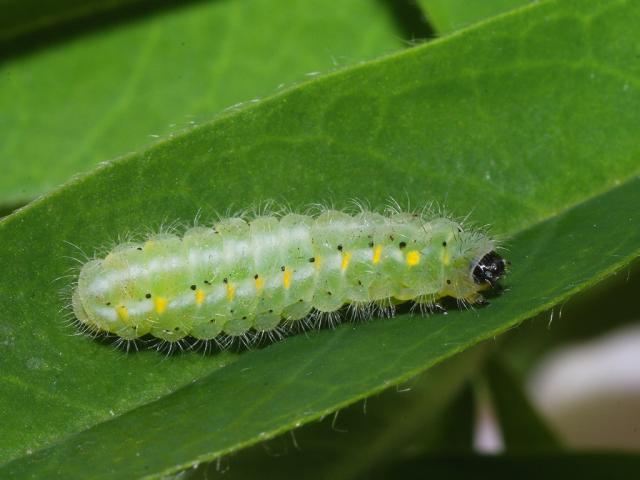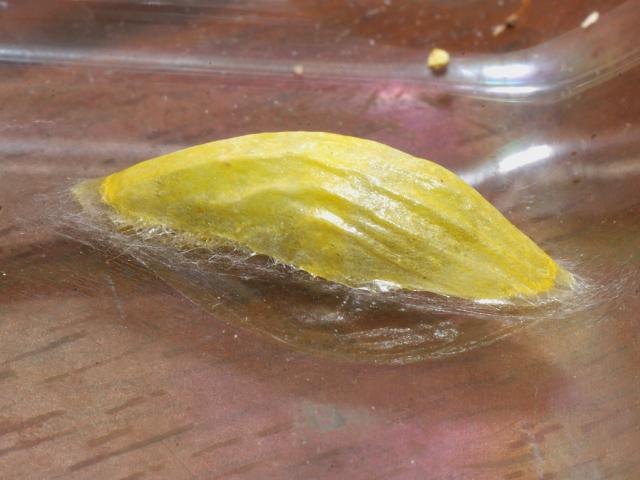Each year in early summer, volunteers from various parts of Scotland travel west to survey a rare, striking and elusive day-flying moth – the New Forest burnet, at the only site it occurs in the UK.
Since becoming extinct in the New Forest in 1927, the New Forest burnet has survived on one small, coastal grassland site on the Ardnamurchan peninsula, where it is a protected species of Sunart Site of Special Scientific Interest (SSSI). Lorraine Servant, Operations Officer at Scottish Natural Heritage's Fort William office, tells us more.
Over the past 20 years, SNH and Butterfly Conservation volunteers have carried out an annual survey. But the ecology of this endangered moth remains poorly understood, its numbers fluctuate each summer, and its isolation and small population size make it particularly vulnerable. So in 2019, we funded a more in-depth study to try to better understand its special requirements and help guide future conservation.
The changeable weather and remote nature of the site make survey work challenging. But entomologist Dr Neil Ravenscroft managed to assess the numbers of adult moths using various techniques, including walking transects and also catching and marking the moths with a silver pen – the number of marked moths recaptured on different days helping to estimate the population. Neil also studied the species-rich grassland in locations where the moth’s caterpillars had been found. Meadow vetchling and bird’s-foot trefoil are particularly important food plants for the New Forest burnet caterpillars in the spring. The caterpillars then pupate and emerge as adult moths, flying in fine weather in early summer to feed on wild thyme and other nectar giving flowers.

In partnership with the landowner, Ardnamurchan Estate, various measures have been put in place to improve the outlook for the New Forest burnet.
Sheep are currently excluded from the site; overall, the moth numbers have increased in response to this. But we know that some level of grazing is needed to prevent coarser grasses and taller plants, bracken and scrub from becoming dominant and overgrowing the shorter swards that the caterpillar food plants thrive in.
Unfortunately, this year moth numbers were low. With unpredictable summer weather affecting the emergence of the adults, possibly exacerbated by climate change, monitoring the caterpillars and their food plants may well be the key to understanding more about the particular requirements of this species.


New work using pheromone lures may also help – these lures mimic the female moth’s pheromones to attract males and are proving to be a useful tool for surveying and monitoring some species. However, to formulate synthetic pheromones takes a long time as the blend of attractants is unique to each species and this is still to be perfected for the New Forest burnet. This research is ongoing and we hope that in the next few years, the ‘New Forest burnet love potion’ will help us to survey adjacent areas to check for their presence. If we don’t find the species anywhere else, we will consider whether there is suitable habitat nearby for us to encourage the spread of the population.
This ongoing partnership between Ardnamurchan Estate, Scottish Natural Heritage, Butterfly Conservation and volunteers continues to improve our understanding of the challenges these unique moths face. This, in turn, allows us to do all we can to conserve this fragile and unique New Forest burnet population.
There are over 1800 Protected Areas across Scotland, including Sunart SSSI. Most are accessible to the public to enjoy or visit and all are vital for Scotland’s wildlife. Scottish Natural Heritage is working locally with farmers and land managers to keep these places special and where necessary improve management, as part of our work to create a Nature-rich Scotland. You can find out what special sites are near you by visiting Sitelink.
Lorraine Servant
Operations Officer at Scottish Natural Heritage's Fort William office
Discover more about Scotland’s (around) 34 species of butterfly and 1,300 species of moth.


